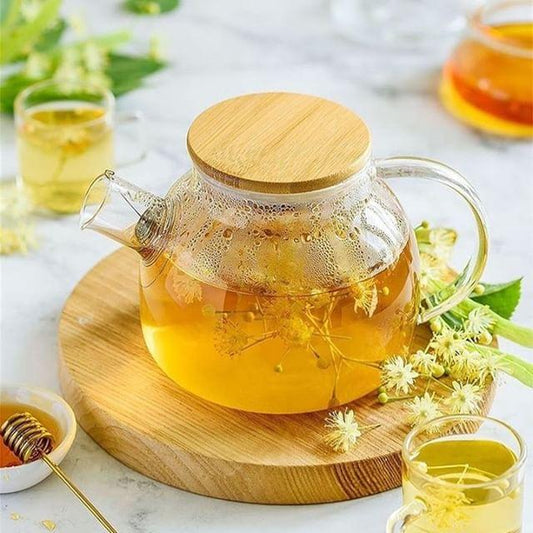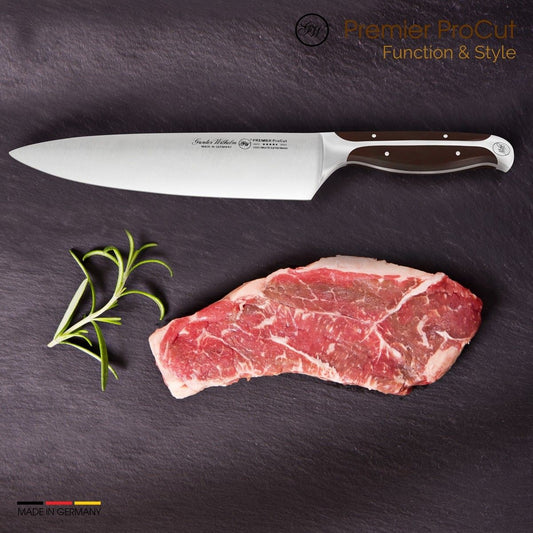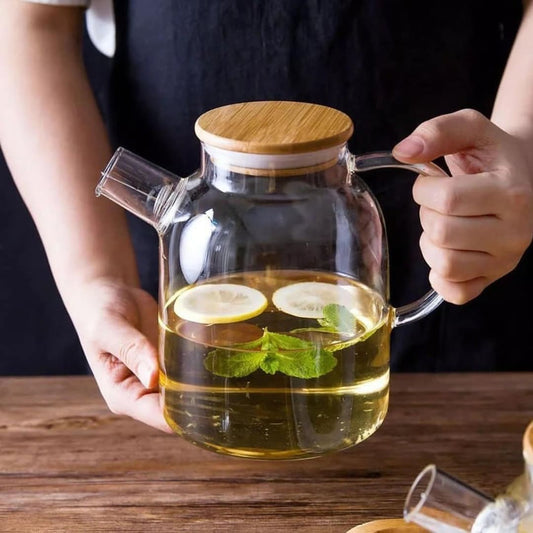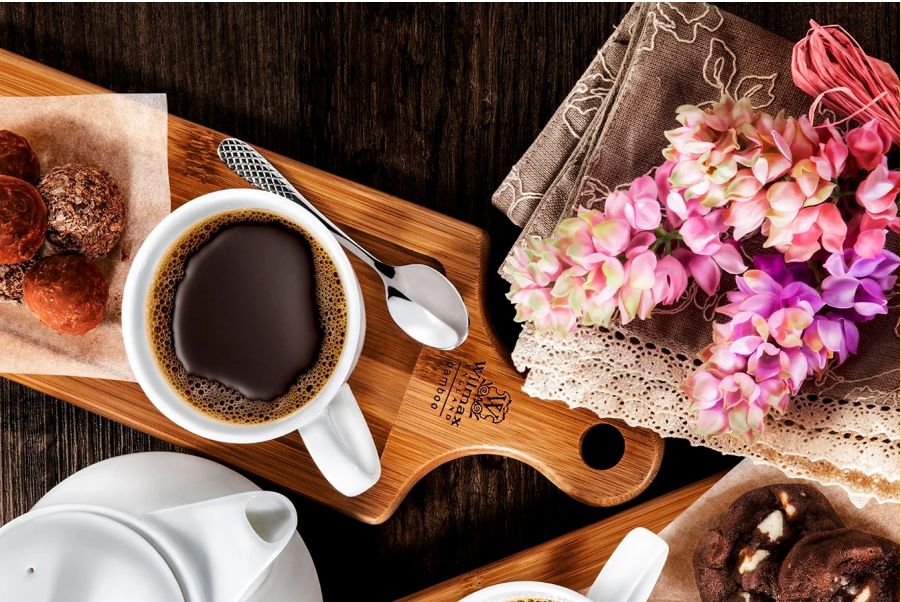Sculptural Serveware: When Plates Become the Art

Sculptural Serveware: When Plates Become the Art
How avant-garde shapes are reshaping the dining experience.
Today’s dining tables are no longer just stages for food — they’re galleries. In restaurants, design studios, and homes around the world, sculptural serveware has become the centerpiece of contemporary dining. Plates curve like waves, bowls tilt like abstract sculptures, and platters twist into unexpected forms. The line between tableware and art has officially blurred.
This design movement embraces asymmetry, bold silhouettes, unusual textures, and forms inspired by nature, architecture, and modern sculpture. The result is a dining experience that is tactile, emotional, and visually captivating — a feast not just for the palate, but for the eyes.
From Plate to Sculpture: A New Design Philosophy
While traditional serveware focused on symmetry and functionality, the new sculptural trend experiments with form for the sake of expression. Designers are pushing boundaries with:
- asymmetrical silhouettes that create dynamic movement
- organic curves inspired by rock formations, seashells, and flowing water
- architectural lines reminiscent of modernist buildings
- textural finishes that invite you to touch as much as to see
- matte-metallic contrasts that elevate even simple dishes
These aren’t just plates — they’re three-dimensional artworks that turn every meal into an exhibit.
Chefs as Curators
The rise of sculptural serveware has fundamentally changed how chefs present food. No longer limited to classic round plates, chefs now tailor dishes to the vessels themselves — choosing shapes that enhance contrast, spotlight textures, and evoke emotion.
A delicate ceviche might arrive in a bowl shaped like a rippling crest. A dessert could sit atop a platform-like pedestal. A small bite might be nestled into a hand-carved ceramic fold, revealing itself slowly as the diner leans in.
“The vessel sets the tone,” says chef Aiden Park of Seoul’s Atelier Mira. “A sculptural plate transforms a dish into a moment. It frames the food like a painting.”
For chefs, the serveware is now part of the storytelling — as essential as the ingredients themselves.
The Sensory Dimension: Eating With the Eyes and Hands
Sculptural serveware adds a new sensory dimension to dining. Asymmetry engages curiosity. Unexpected curves guide the eye. Textures — from volcanic matte to glassy gloss — heighten the tactile experience.
Even the act of lifting or tilting a sculptural bowl feels more deliberate, encouraging diners to slow down and appreciate the physicality of the moment. In a world increasingly governed by screens, this hands-on interaction feels grounding and intimate.
“Sculptural pieces invite conversation,” says designer Luna Brecht. “They make you ask questions — How was this made? Why does it curve like that? What did the artist intend?”
Dining becomes a multisensory ritual rather than a simple act of consumption.
A New Language of Plating
As serveware becomes more expressive, plating styles have evolved in response. Instead of sprawling compositions, chefs now design vertically, using height and negative space to complement sculptural forms.
Key shifts include:
- Micro portions placed with surgical precision
- Minimalist color palettes that enhance dramatic plate shapes
- Layered ingredients that echo the curves of the vessel
- Architectural stacking for dishes served in angular serveware
The serveware becomes a co-creator — shaping not just the look of the dish, but the way diners experience it.
Artistry at Home
What began in avant-garde restaurants has now entered the home. Design-forward consumers are embracing sculptural serveware to elevate everyday meals — even a simple salad or breakfast pastry becomes photogenic and artful when placed on a uniquely shaped plate.
Home entertainers love this trend because it adds instant sophistication without needing elaborate décor. A single sculptural platter can replace an entire centerpiece. A textured bowl can transform a modest meal into modern art.
The movement also aligns naturally with minimalist interiors: fewer pieces, but each one a statement.
Materials That Make a Statement
Sculptural serveware often highlights natural materials in unexpected ways. Popular finishes include:
- Hand-thrown ceramics with irregular edges
- Matte porcelain shaped into flowing waves
- Stoneware with volcanic textures
- Glass blown into organic, molten forms
- Carved wood emphasizing grain and contour
These materials bring warmth, personality, and an artisanal touch — a counterbalance to the polished precision of modern cuisine.
The Future of Sculptural Dining
With diners craving immersive experiences and designers pushing the boundaries of what a plate can be, sculptural serveware is here to stay. Expect bolder silhouettes, more experimentation with materials, and tighter collaboration between chefs and artists.
Because in the end, food doesn’t just nourish — it performs. And sculptural serveware is the stage that elevates the performance.
In the new world of dining, the plate is no longer just the vessel — it’s part of the masterpiece.
Share:





